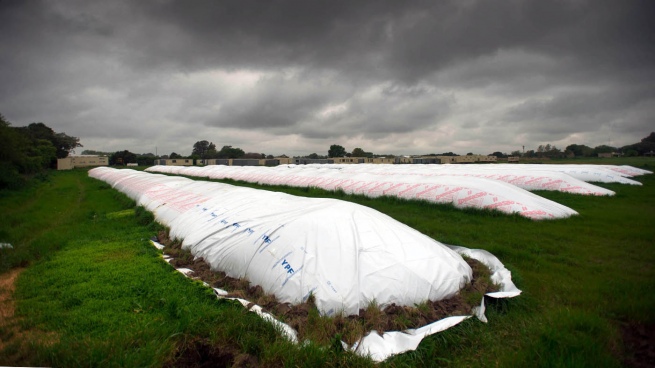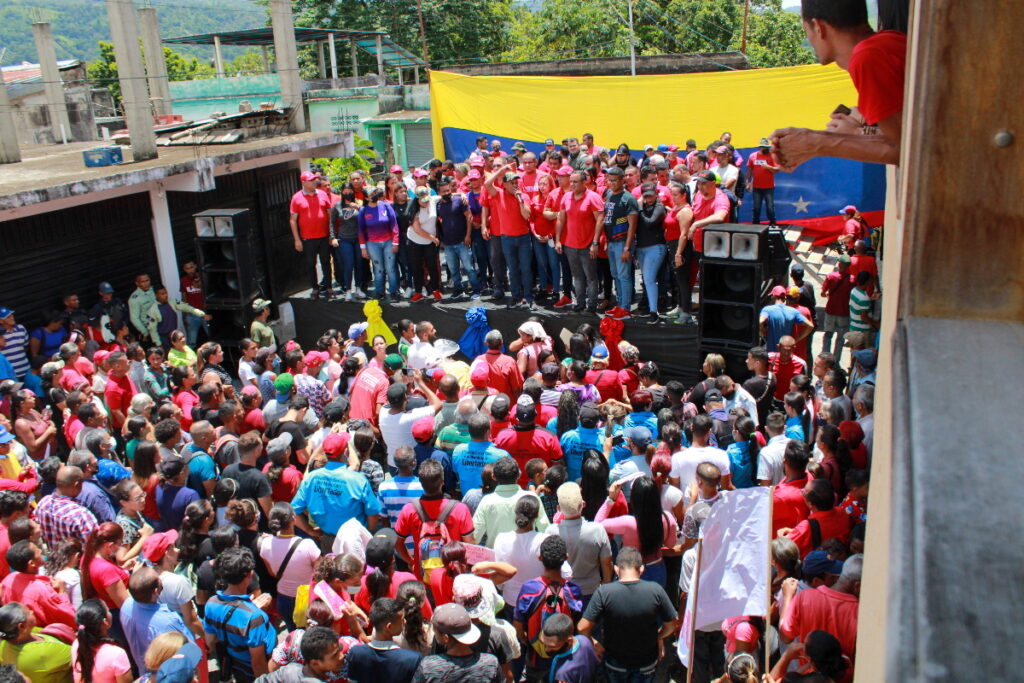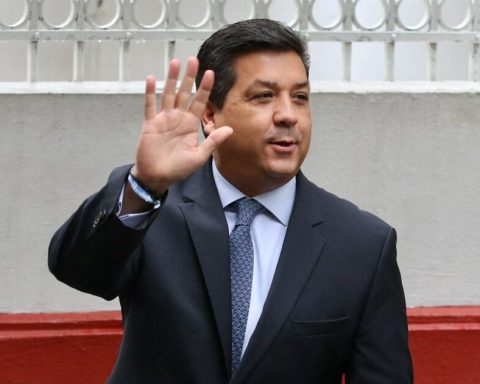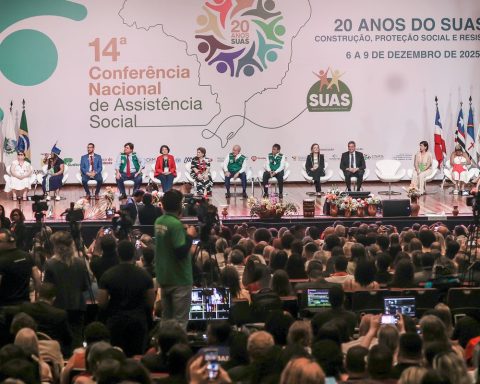The new instrument to encourage agricultural producers to sell their soybean harvest before next August 31, which was approved this Tuesday by the Central Bank (BCRA), is now operational and banks will be able to offer it to their customers from next Monday.
This was confirmed to Télam by BCRA sources, referring to the possibility of depositing 70% of the pesos obtained from soybean exports in an account that adjusts daily for changes in the exchange rate, and the remaining 30% to buy foreign currency at “savings dollar” (official + 65%), which on Friday closed at $226.50 at Banco Nación.
The objective of the Central Bank is that soy settlements are, at least, some US$ 2,500 million above those expected until next August 31, and that thus help to strengthen international reserves.
How does the system work
Specifically, the regulation establishes that producers may deposit 70% of the income produced by the sale of soybeans in a sight account (that is, with access to these funds at any time) that is adjusted daily based on the evolution of the A3500 exchange rate.
In addition, for the remaining 30%, the formation of external assets will be allowed at the value of the official dollar plus the PAÍS tax and the withholdings on account received by the AFIP.

Implementation
“In no way is it an agricultural dollar, nor a differential exchange rate. We only enable two investment instruments for soybean producers,” said the president of the Central Bank, Miguel Pesce, days ago.
Still, for banks to be able to offer it they will have to retrofit their computer systems that, although they have the obligation to offer it to their clients, they are not forced to do so through the web, so the adoption will depend on the volume of clients in the agricultural sector.
Consulted by Télam, the main banks with clients in the agricultural sector, both in the core area and in other parts of the country, confirmed that they are working on its implementation, although they do not believe they will actually offer it next Monday since they are in a “technical phase and understanding of the norm” until its actual launch.
From the BCRA they assured that “there is no pending rule” for it to become effective, although there is an “unexpected and innovative” measure and that, therefore, it is likely to take “between a week and 10 days” for effective compliance.
However, they are confident that it will be well received once it is available.
Expectations
“Surely we can get $2.5 billion, quite possibly more. We believe that this is a possible number. Let’s see if the incentive leads to higher sales,” Pesce pointed out in a radio interview, in which he emphasized that the measure is “convenient” since it is “a solution to a problem posed by a production chain, such as We have done it with SMEs at the time”.
According to calculations by the Ministry of Agriculture, currently there are about US$ 10,000 million in grains that have not yet been liquidatedof which a smaller portion -close to US$ 3,000 million- is in collection centers but still without a fixed price, so its sale has not yet materialized.

Advantages for producers
The attraction that the norm gives to the producer to sell his grains is multiple.
On the one hand, they can have almost unlimited access -for 30% of the sale they make- to the purchase of dollars at an exchange rate that is 25% cheaper than the MEP Dollar (it closed at $280 on Friday), a market to which they can legally access to sell the dollars obtained from this operation.
In addition, not only can they deposit 70% of the pesos in an account that pays them interest equal to the variation in the exchange rate on a daily basis, but also they can access the funds deposited in that account at any timewithout having to wait the 30 days -at least- that has a fixed term.
Currently There is no product of this type in the Argentine financial system and its novelty is, precisely, one of the reasons that delays its implementation.

To give an example of how it works: in a sale of soybeans for $1 million, the producer can make a deposit of $700,000 and, with the remaining $300,000, purchase US$1,324.5 at the price of the so-called “savings dollar”.
The other advantage for the producer is that these dollars are freely available, so they can leave them in the bank, withdraw them or use them to buy inputs or carry out any authorized financial operation.
If, for example, he decided to sell those dollars via MEP, he would obtain about $370,000, which implies an immediate profit of about $70,000.
“The producer has the advantage of not assuming the risks of keeping the harvest in the fields and being able to take advantage of any business opportunity due to the immediate and automatic availability of funds. The structure of this regime considers traditional commercial and savings practices of the activity “, assured from the BCRA.


















